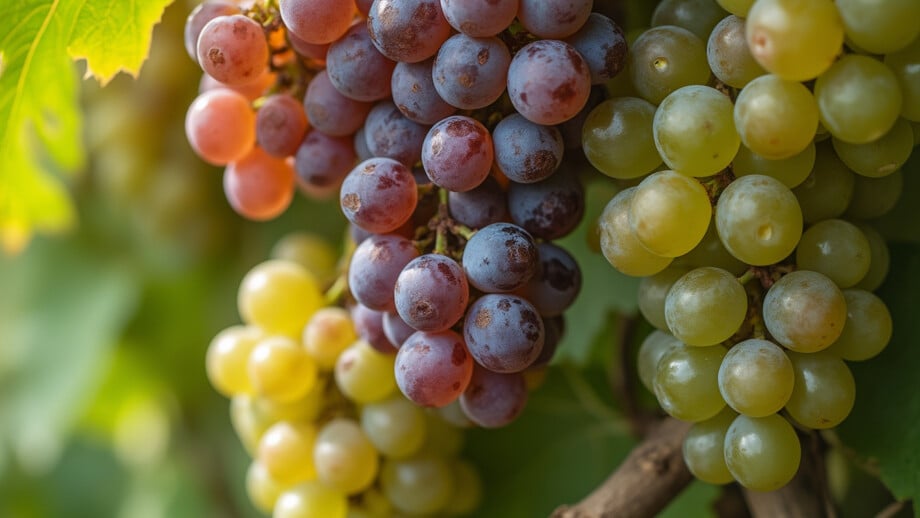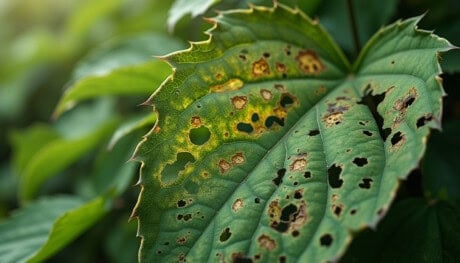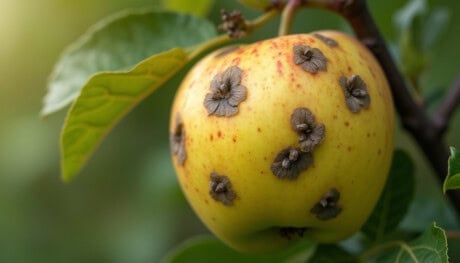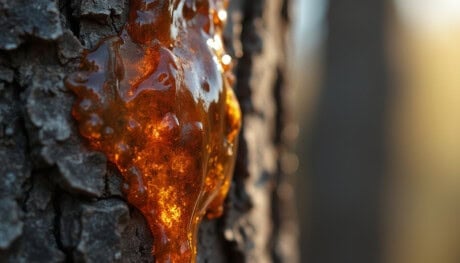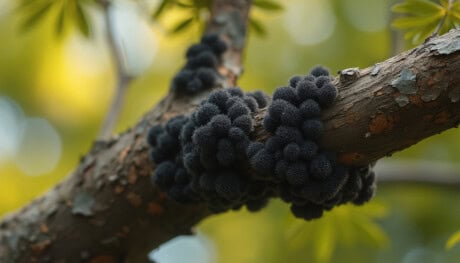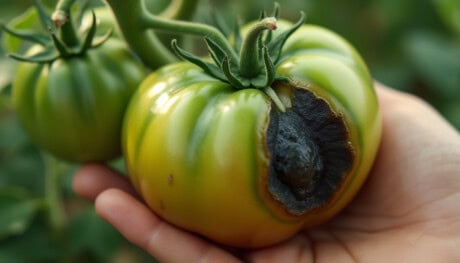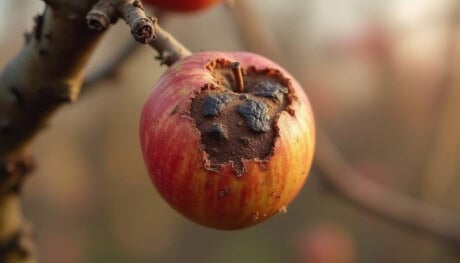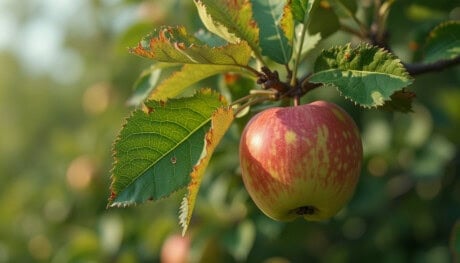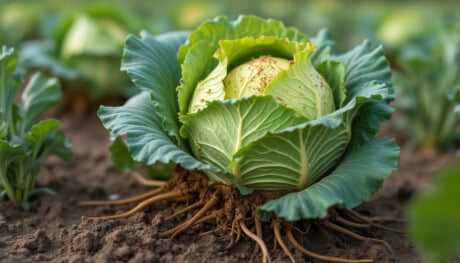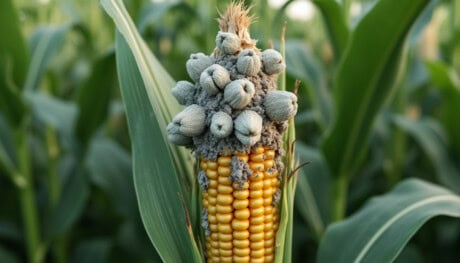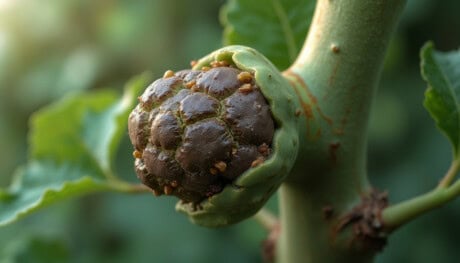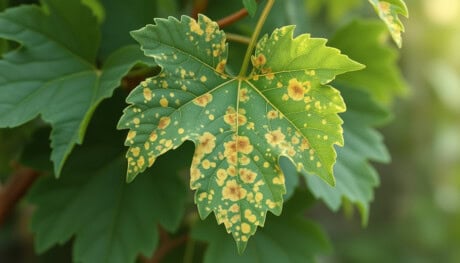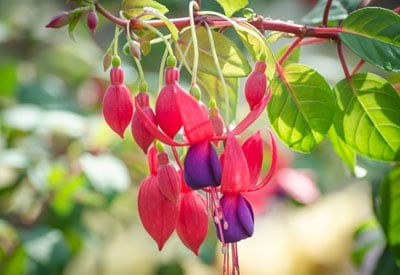Plant Diseases
Disease fungi take their energy from the plants on which they live. They are responsible for a great deal of damage and are characterized by wilting, scabs, moldy coatings, rusts, blotches and rotted tissue. This page is designed to help identify some of the more common plant diseases and provides earth-friendly solutions (see organic fungicides) for combating them. Click on the links or pictures below to learn more.
